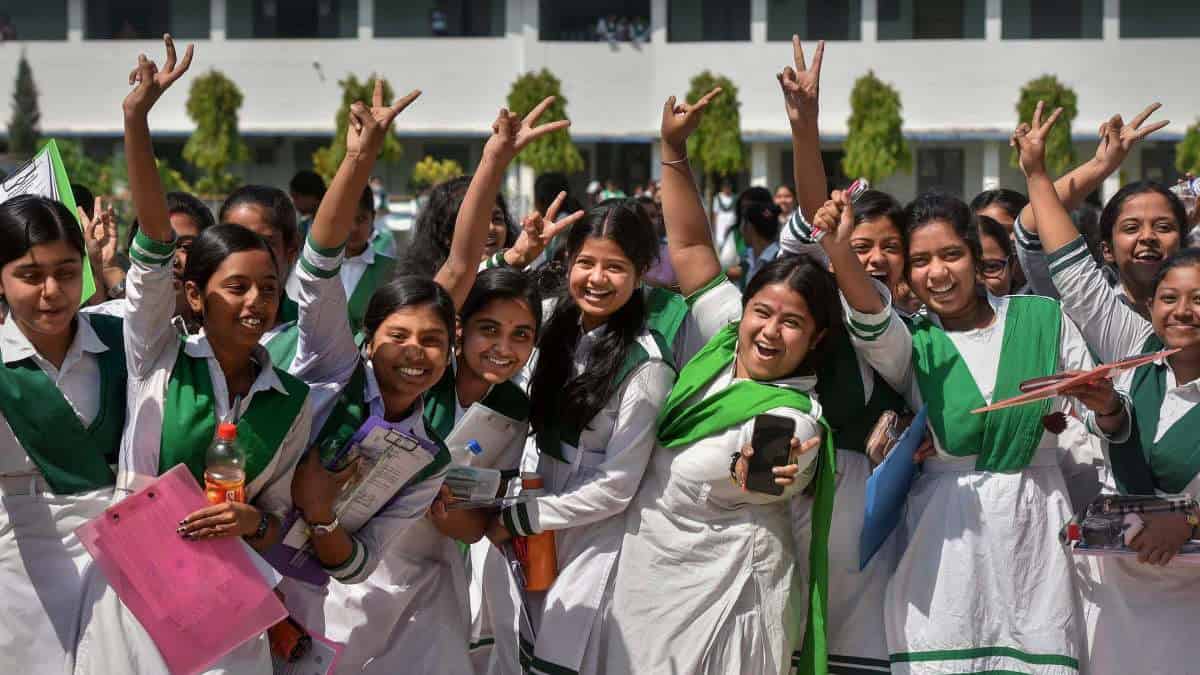On December 28, 2024, a catastrophic aviation accident shook South Korea and the global aviation community. Jeju Air Flight 7C 2216, traveling from Bangkok, Thailand, to Muan International Airport in South Korea, tragically ended in disaster when the plane veered off the runway during landing. The crash resulted in 179 fatalities, making it one of the deadliest aviation accidents in South Korean history. This article delves into every aspect of the incident, from the timeline of events to the ongoing investigation, providing a comprehensive overview for readers seeking detailed information.
The Flight Details
- Airline and Aircraft: Jeju Air Flight 7C 2216 was operated by a Boeing 737-800, a widely used model in commercial aviation known for its reliability.
- Route: The flight originated in Bangkok, Thailand, and was scheduled to land at Muan International Airport in South Jeolla Province, South Korea.
- Onboard: The flight carried 175 passengers and six crew members.
Timeline of the Crash
- Departure: The plane departed from Bangkok’s Suvarnabhumi Airport at 11:35 PM local time on December 27, 2024.
- Flight Path: The aircraft’s journey was uneventful until the final approach to Muan International Airport.
- Incident: At approximately 6:20 AM, while landing, the plane veered off the runway and collided with a retaining wall, leading to a catastrophic fire.
- Emergency Response: Local authorities received distress signals immediately and deployed emergency services to the site within minutes.
How Authorities Responded to the Crash
- Deployment: Over 1,500 emergency responders, including firefighters, paramedics, and police, were dispatched to the crash site.
- Equipment: Specialized firefighting equipment and helicopters were used to extinguish the flames and extract survivors.

Rescue Efforts
- Survivors: Two crew members were rescued from the tail section of the aircraft. Both were critically injured and immediately transported to local hospitals.
- Challenges: Thick smoke, intense flames, and debris complicated rescue operations, delaying access to certain parts of the wreckage.
Initial Findings
- Black Box Recovery: Investigators successfully retrieved both the flight data recorder (FDR) and cockpit voice recorder (CVR) from the wreckage.
- Preliminary Evidence: Early analysis suggests the possibility of a bird strike, as air traffic controllers had warned the pilots about birds near the runway moments before landing.
Key Areas of Investigation
- Pilot Actions: Investigators are analyzing pilot communications and actions during the critical moments leading to the crash.
- Aircraft Condition: Maintenance records are being reviewed to determine if mechanical failure played a role.
- Runway Conditions: Weather and runway surface analysis are being conducted to rule out environmental factors.
- Bird Strike Hypothesis: Evidence of bird remains on the aircraft’s engine supports the theory of a bird strike.
Passenger Demographics
- Nationality: The majority of passengers were South Korean nationals, with a few foreign nationals, including two from Thailand.
- Age Range: Passengers ranged from children to elderly individuals, highlighting the diverse demographic onboard.
Stories of Survivors
- Crew Member Accounts: One of the surviving crew members, regaining consciousness after rescue, recalled the “ear-piercing alarms” and a sudden impact.
- Heroic Efforts: Some passengers reportedly attempted to help others escape the burning plane but were overwhelmed by smoke and fire.
Public Trust and Safety Concerns
- Trust Erosion: This disaster has led to widespread public scrutiny of Jeju Air’s safety protocols.
- Demand for Transparency: Families of the victims and advocacy groups are calling for transparent investigations and immediate reforms.
Potential Regulatory Reforms
- Enhanced Bird Control: Airports across South Korea are likely to implement stricter bird control measures to mitigate risks.
- Safety Audits: A comprehensive audit of aviation safety protocols and emergency preparedness is expected.
Global Reaction
- Condolences: World leaders and international aviation bodies expressed their condolences to the victims’ families.
- Media Attention: The crash dominated headlines worldwide, with experts weighing in on its potential causes and implications.
Tributes
- Vigils: Memorial services were held in both South Korea and Thailand to honor the victims.
- Support Networks: International organizations have extended support to grieving families and survivors.
Preventative Measures
- Stricter Safety Standards: Lessons from this tragedy underscore the need for rigorous safety protocols.
- Technological Advancements: Investing in advanced aviation technologies to detect and mitigate risks such as bird strikes is crucial.
Broader Implications for Aviation Safety
This tragedy serves as a grim reminder of the inherent risks in aviation and the ongoing need for vigilance. The findings from this investigation could shape global aviation policies, ensuring safer skies for all.



